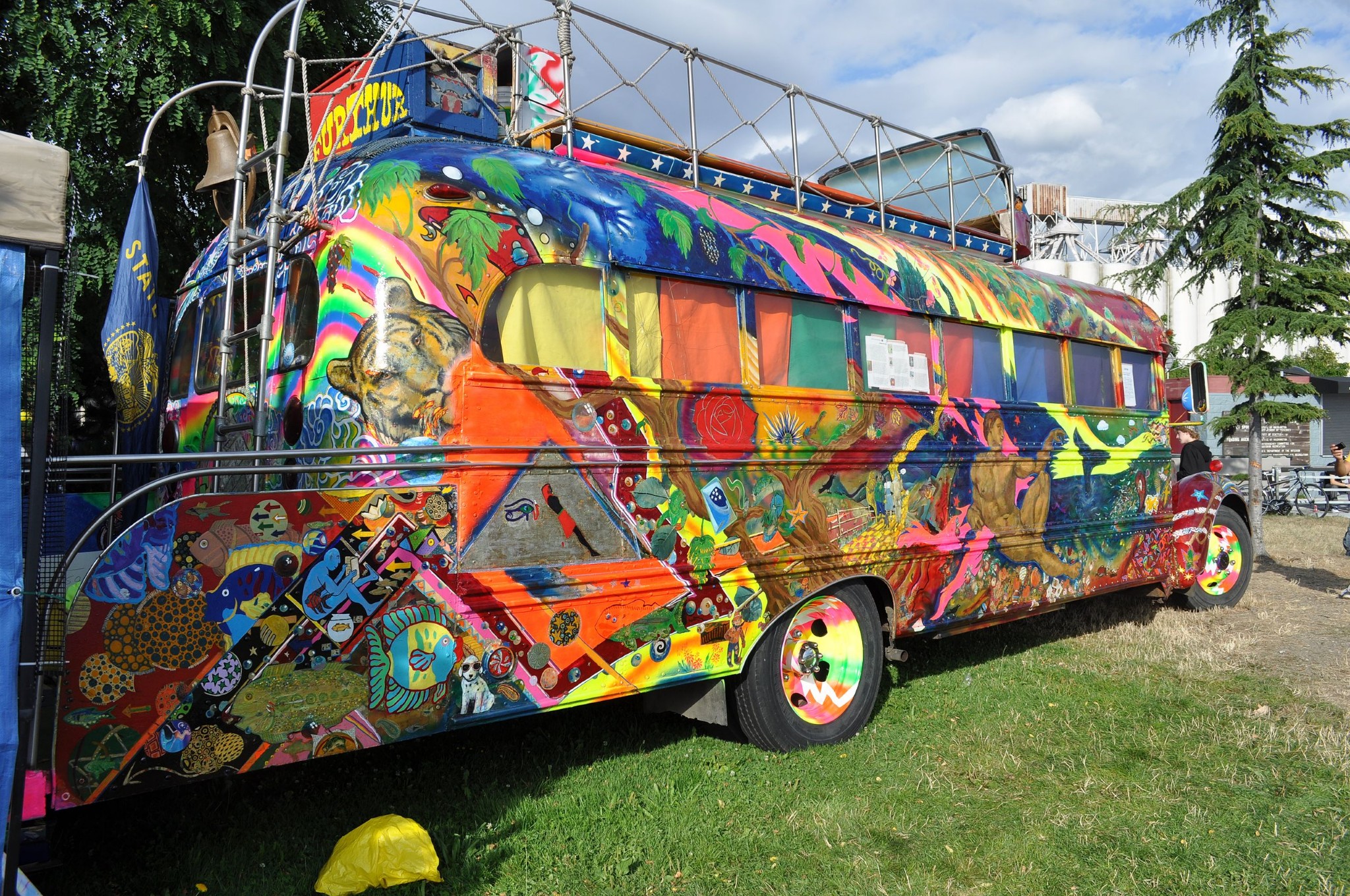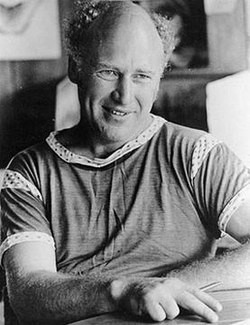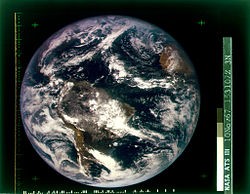Year: 2017
Lee Felsenstein – Wikipedia
Merry Pranksters
The Merry Pranksters were cohorts and followers of American author Ken Kesey in 1964.
Ken Kesey and the Merry Pranksters lived communally at Kesey’s homes in California and Oregon, and are noted for the sociologicalsignificance of a lengthy road trip they took in the summer of 1964, traveling across the United States in a psychedelic painted school bus called Furthur or Further, organizing parties and giving out LSD. During this time they met many of the guiding lights of the mid-1960scultural movement and presaged what are commonly thought of as hippies with odd behavior, tie-dyed and red, white and blue clothing, and renunciation of normal society, which they dubbed The Establishment. Tom Wolfe chronicled their early escapades in The Electric Kool-Aid Acid Test; Wolfe also documents a notorious 1966 trip on Further from Mexico through Houston, stopping to visit Kesey’s friend, novelistLarry McMurtry. Kesey was in flight from a drug charge at the time.[2] Notable members of the group include Kesey’s best friend Ken Babbs,Carolyn “Mountain Girl” Garcia, Lee Quarnstrom, and Neal Cassady. Stewart Brand, Paul Foster, Dale Kesey (his cousin), George Walker, the Warlocks (now known as the Grateful Dead), Del Close (then a lighting designer for the Grateful Dead), Wavy Gravy, Paul Krassner, and Kentucky Fab Five writers Ed McClanahan and Gurney Norman (who overlapped with Kesey and Babbs as creative writing graduate students at Stanford University) were associated with the group to varying degrees.
These events are also documented by one of the original pranksters, Lee Quarnstrom, in his memoir, When I Was a Dynamiter.

Ken Kesey

People’s Computer Company
Whole Earth Catalog – Wikipedia
The Whole Earth Catalog (WEC) was an American counterculture magazine and product catalog published by Stewart Brand several times a year between 1968 and 1972, and occasionally thereafter, until 1998. The magazine featured essays and articles, but was primarily focused on product reviews. The editorial focus was on self-sufficiency, ecology, alternative education, “do it yourself” (DIY), and holism, and featured the slogan “access to tools”. While WEC listed and reviewed a wide range of products (clothing, books, tools, machines, seeds, etc.), it did not sell any of the products directly. Instead, the vendor’s contact information was listed alongside the item and its review. This is why, while not a regularly published periodical, numerous editions and updates were required to keep price and availability information up to date.

Counterculture of the 1960s
The counterculture of the 1960s refers to an anti-establishment cultural phenomenon that developed first in the United Kingdom (UK) and the United States (US) and then spread throughout much of the Western world between the early 1960s and the mid-1970s, withLondon, New York City, and San Francisco being hotbeds of early countercultural activity. The aggregate movement gained momentum as the Civil Rights Movement continued to grow, and would later become revolutionary with the expansion of the U.S. government’s extensive military intervention in Vietnam. As the 1960s progressed, widespread social tensions also developed concerning other issues, and tended to flow along generational lines regarding human sexuality, women’s rights, traditional modes of authority, experimentation with psychoactive drugs, and differing interpretations of theAmerican Dream. Many key movements related to these issues were born or advanced within the counterculture of the 1960s.
https://en.m.wikipedia.org/wiki/Counterculture_of_the_1960s